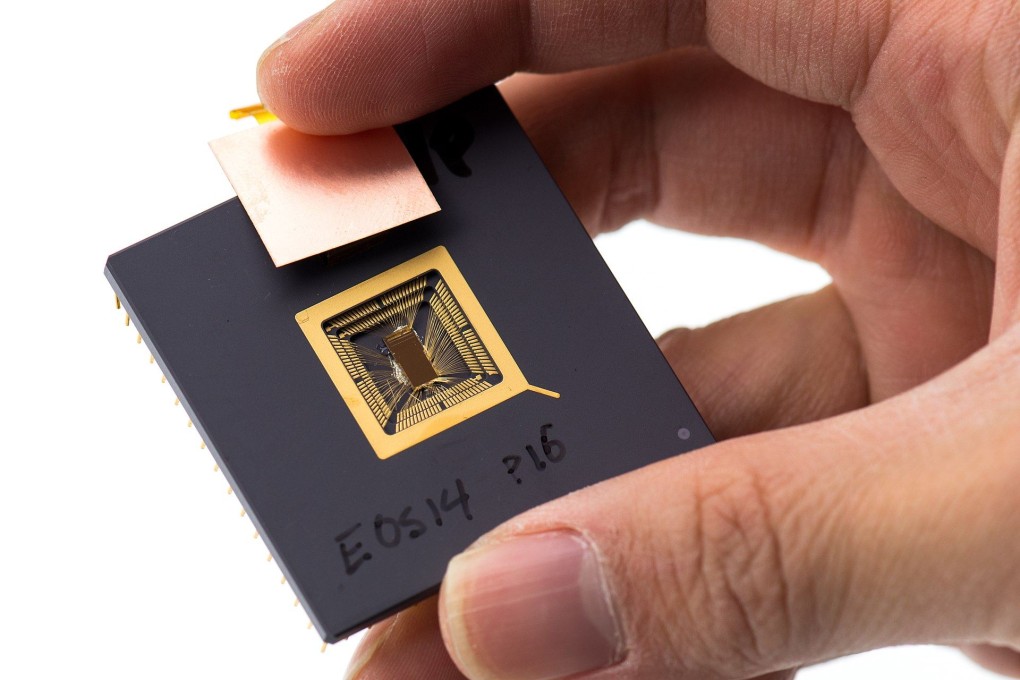China pins hopes on local RISC-V start-ups to crack Western monopoly on CPU chips
- The China RISC-V Industry Alliance, an association promoting the open standard locally – reported having 140 members as of December 2021
- The interest in RISC-V has enabled Chinese start-ups like Nuclei to raise funding from the likes of Legend Capital and Xiaomi

China is seeing a chance to improve its self sufficiency in microprocessors, the heart of every smart device, through the open-standard RISC-V chip design architecture, according to an executive at one of the country’s first RISC-V firms.
When Nuclei System Technology was formed in the summer of 2018, the open standard was still a novel concept in the country. However, it quickly grew into a vibrant community, with the China RISC-V Industry Alliance – an association promoting the standard locally – reporting 140 members as of December 2021.
Hopes were high that RISC-V would enable China to crack the market for central processing unit (CPU) designs, breaking the monopoly held by US and British firms, and in turn help the country achieve its strategic goal of self-sufficiency in chips.
Intel’s X86 is the dominant CPU standard for laptops and computers, while the instruction set architecture (ISA) from Arm, owned by Japan’s Softbank, is widely used in smartphones. For Chinese firms like Nuclei, which was founded by engineer Bob Hu Zhenbo, RISC-V provides an opportunity to catch up.
“Bob sees an opportunity with RISC-V that would give China a chance to advance the development of its own CPUs,” Nathan Ma, a senior strategy director at Nuclei, told the South China Morning Post.
RISC-V came out of the University of California at Berkeley in 2010, and gained global popularity after its specifications were made available to all developers in 2015 under the RISC-V Foundation. Arizona-based Research firm Semico estimated that the number of chips that include at least some RISC-V technology will grow at an annual rate of 73.6 per cent per annum through 2027.